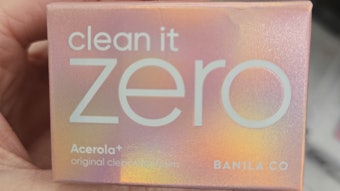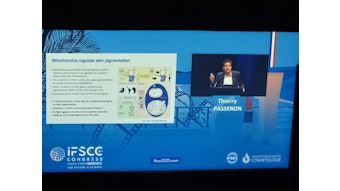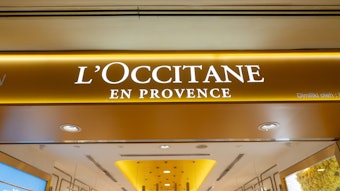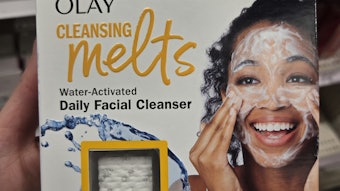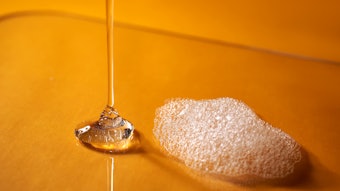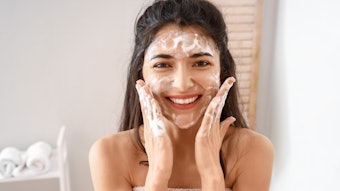Surface active agents, commonly known as surfactants, are compounds containing two or more groups that are not soluble in one another in their pure form. These groups can be oil-loving (oleophilic), silicone-loving (siliphilic) or water-loving (hydrophilic). It should be noted that compounds lacking this construction are not surfactants. A typical example is sodium chloride; if added to water at low concentrations, sodium and chloride ions can be found equally distributed throughout the solution.
What makes a surfactant surface active is the presence of the proper ratio of the groups in the molecule and their differing solubilities. For instance, when sodium lauryl sulfate is added to water at low concentrations, it dissolves and produces a clear solution. This solution is fundamentally different from the sodium chloride example in that the molecules first orientate at the surface, lowering the surface tension of the water from around 70 dynes/cm2 to 32 dynes/cm2. Then, as the concentration of surfactant increases and the surface is saturated with surfactant molecules, the molecules form micelles. This concentration is called the critical micelle concentration (see Figure 1).
The ability of a surfactant to lower surface tension is a prerequisite to other surfactant properties like foam, emulsification and wetting. Therefore, the selection of a molecule with the proper ratios of mutually insoluble groups determines whether foam, emulsification or wetting occurs.

